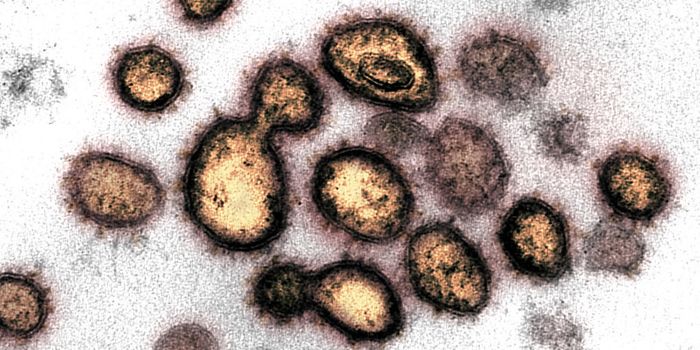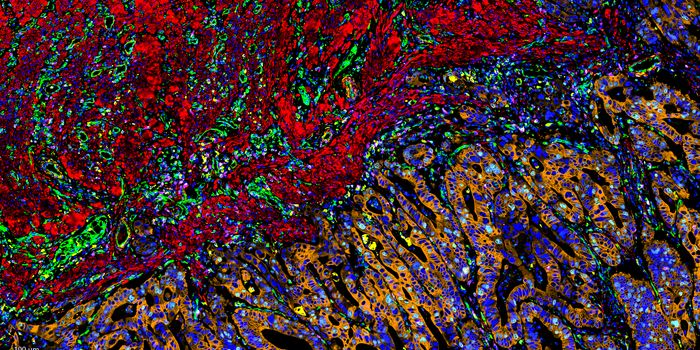Allergen Labeling
Allergies to particular foods are an immune reaction that happens as a result of eating a specific food. Our immune system recognizes proteins from the food as foreign and mounts a response against them. Signs and symptoms, such as digestive problems, hives or swollen airways, of food allergy, can occur even from small quantities of the allergen. These effects can range from minimal discomfort to more severe circumstances like death from anaphylaxis.
Researchers at the Melbourne University School of Population and Global Health Allergy and Lung Health Unit have published their work in the Journal of Allergy and Clinical Immunology: In Practice. Their work utilizes information from an earlier study reported in Australasian Society of Clinical Immunology and Allergy health professional support.
The study completed by the research team discovered that food labels are lacking information about ingredients that are potential allergens. A survey was conducted of 864 Allergy, and Anaphylaxis Australia members found that over nine months, 58 (6.7 percent) reported anaphylactic reactions.
The results of this work suggest that better food labels could cut severe allergic reactions. Scientists are now advocating for food labeling protocols to become more stringent, increasing regulations surrounding packaged food ingredient lists.
Typical food allergens include shellfish, peanuts, tree nuts, eggs, wheat, soy, and dairy. Food allergy affects around 6-8 percent of children under three years of age and up to 3 percent of adults. There are no current known cures; however, some will grow-out of their allergies as time goes on.
Australian food labels must declare potential allergens when they are present as ingredients or as components of food additives or processing aids. The Precautionary Allergen Label (PAL) is voluntary and uses statements such as “may contain traces” or “may be present.”
Of the 58, five (8.6 percent) said there was no PAL, 31 (53.5 percent) said there was a PAL, but it didn’t specify the suspected trigger food, and 22 (38 percent) said there was a PAL that did list it. Alleged triggers were peanuts (19), other tree nuts (11), cashews (8), milk (9), eggs (5) walnuts (3), sesame seeds (2), and prawns (1).
Common symptoms for those that suffer from allergies, occurring within a few minutes to two hours after ingestion, are tingling or itching in the mouth, hives, eczema, swelling, wheezing, nasal congestion, trouble breathing, and anaphylaxis (constriction of airways, drop in blood pressure, rapid pulse, dizziness, loss of consciousness).
For these reasons, it is incredibly important to consumers that food packaging labels receive responsible labeling that can decrease the chance of immune reactions to food allergens.
Due to allergen-specific PAL information was not listed in more than 50 percent of the recorded anaphylactic reactions, is an alarming report shares researcher Giovanni Zurzolo, a postdoctoral research fellow at the Melbourne University. “No reliable labeling system protects consumers with food allergy from anaphylaxis,” Zurzolo says.
“We believe government regulation is required to aid in the standardization of PAL. Further to this, we advise clinicians to caution consumers about the possibility of allergic reactions to packaged foods, in particular, high-risk foods such as chocolate, ice-cream, sweets/candy, and baked products.”
Sources: Futurity, Journal of Allergy and Clinical Immunology, Melbourne Newsroom, Mayo Clinic, YouTube









